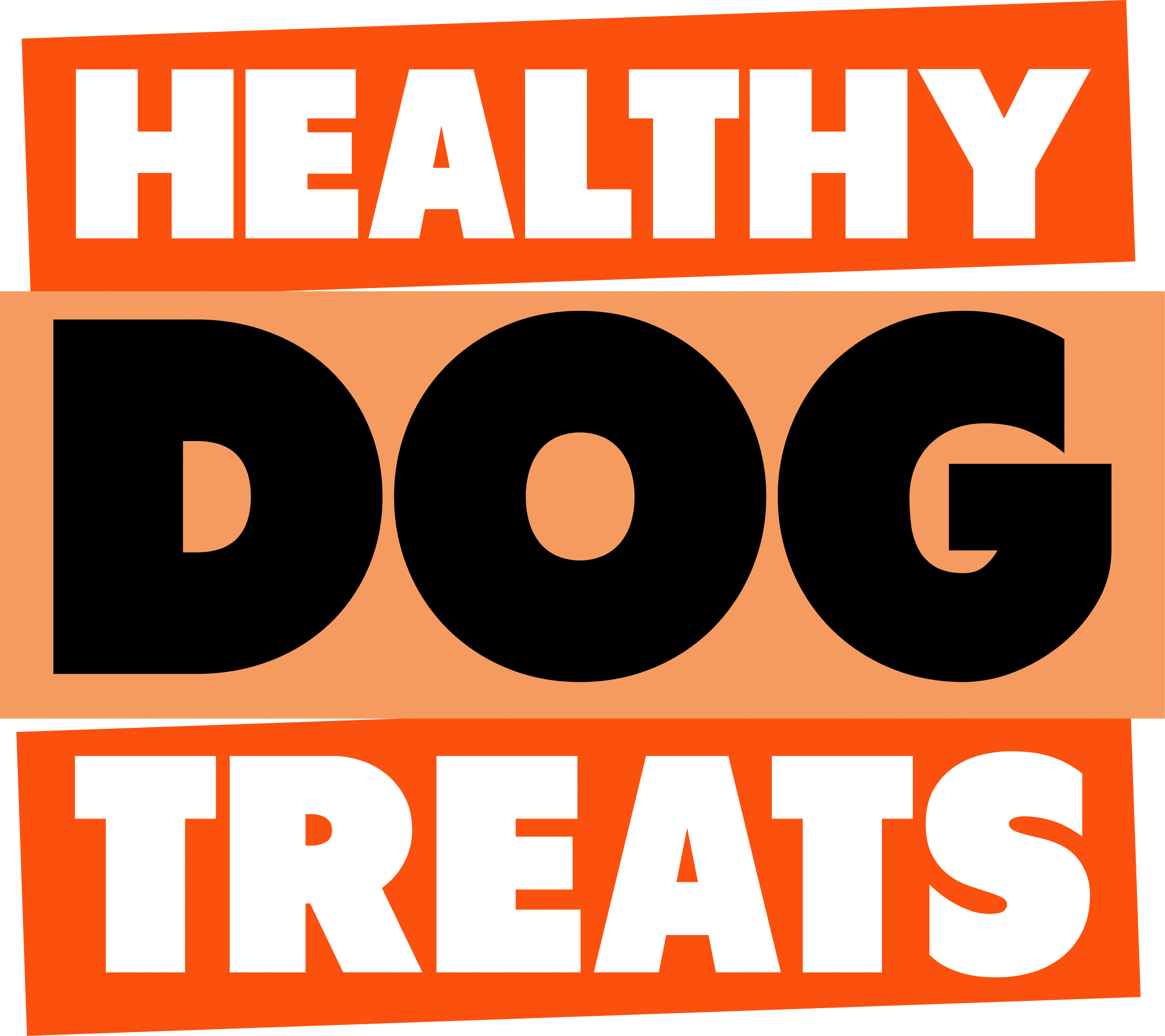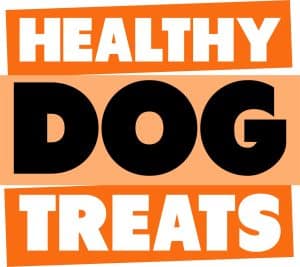How many kangaroo dog treats can you add to grain dog food – includes roo amino data


This article gives you an insight into why Meat is so vital to a dogs diet (carnivore) when most dogs are fed a grain diet. As well as what the minimum amount of kangaroo meat is required to be added to some common grains to reach the aafco minimum standard for essential amino acids.
As a quick recap. AAFCO is the USA board that decides the minimum nutrients required in a bag of dog food to be called ‘complete’. There remains a lot of controversy as to whether the few major global corporations were instrumental in make grain based dog food protein requirement (amino acids) artificially so low, and making the vitamins and minerals needed so high. The profit motive for this is that no regular meat could be classed as dog food, but grain, with the injection of a mass of minerals and vitamins, could achieve minimum standards, with a little meat.
Note that some of the major dog food manufacturers are pharmaceutical companies with a vast cheap source of vitamins and minerals (often artificially made).
This article concentrates on the aafco essential amino acid requirement. Protein is made of 22 amino acids, of which 10 are called essential amino acids because they cannot be produced inside of the body of a dog (or human) and are necessary for proper functioning.
This article looks at how Kangaroo meat (dried) compares with grains in regard to the aafco standards for essential amino acids.
WHAT PERCENTAGE PROTEIN are the common grains used in DOG FOOD?
| ESSENTIAL AMINO ACID | AAFCO Adult Maintenance MINIMUM. | ROO RAW % | DRY ROO % | Corn flour, whole-grain, yellow | DRY Rice flour, brown | Sorghum | DRY Wheat flour, whole-grain % |
| TOTAL Protein | 18.00 | 23.25 | 78.55 | 7.74 | 8.18 | 12.44 | 15.27 |
| Arginine | 0.51 | 0.68 | 1.61 | 0.39 | 0.62 | 0.39 | 0.72 |
| Histidine | 0.18 | 0.61 | 1.46 | 0.24 | 0.21 | 0.27 | 0.35 |
| Isoleucine | 0.37 | 1.32 | 3.13 | 0.28 | 0.35 | 0.48 | 0.57 |
| Leucine | 0.59 | 1.21 | 2.88 | 0.95 | 0.68 | 1.64 | 1.03 |
| Lysine | 0.63 | 1.73 | 4.10 | 0.22 | 0.31 | 0.25 | 0.42 |
| Methionine-cystine | 0.43 | 0.45 | 1.08 | 0.16 | 0.19 | 0.19 | 0.24 |
| Phenylalanine-tyrosine | 0.73 | 0.89 | 2.11 | 0.38 | 0.42 | 0.60 | 0.72 |
| Threonine | 0.48 | 1.38 | 3.29 | 0.29 | 0.30 | 0.38 | 0.44 |
| Tryptophan | 0.16 | 0.19 | 0.44 | 0.05 | 0.10 | 0.14 | 0.24 |
| Valine | 0.39 | 2.18 | 5.18 | 0.39 | 0.48 | 0.62 | 0.69 |
| TOTAL ESSENTIAL AMINO ACIDS | 4.47 | 10.63 | 25.28 | 3.36 | 3.67 | 4.96 | 5.41 |
You will see from the table above that Kangaroo meat (dried) is approximately 78% protein (ie 78% amino acids) while aafco only requires dog food to be VERY LOW 18%. Conveniently this leaves a lot of room for them to put in cheap grain fillers (or any carbohydrate) at the expense of proteins that are vital to almost every function of the dog’s body.
By comparison you will see that wheat is the highest protein source of the common grains (15% if it is dried wholegrain) but common grains such as corn flour are used (only 8% protein). This protein level of course encompasses 22 amino acids and doesn’t give you any specific information about the essential amino acid (ten of the 22) requirements. THAT is partly why I have created the tables.
You will see that wheat FAILS FOUR of the TEN essential amino acid minimum levels imposed by aafco and it is the TOP protein grain shown! There is a growing trend for dog food manufacturers to use Rice and other grains rather than wheat or corn for their concern of allergies etc.
While grains and other carbohydrates can provide an energy source for dogs, meat and fats are a much better source. The only real value that certain grains provide is the quality of the non soluble fibre component that can be a great source of energy for cells in the intestine. And that is why I feed my dog 15% dog food pellets in his diet (using a high fibre source of course).
In the table you can see from the RED data cells that all of the other grains FAIL at least HALF of the minimum essential amino acid requirements. Besides putting a big juicy picture of a steak or chicken on the cover of your dog food bag, the main reason manufactures put in the more expensive meat is that is the easiest way to meet these modest essential amino acid levels.
If you research the value of proteins (and essential amino acids) for use in the dog’s body, you will quickly see why there is a growing trend or interest in raw meat diets.
HOW MUCH KANGAROO MEAT CAN I USE IN A DOG’S FOOD?
The bible of dog nutrition (Canine and Feline Nutrition, Case et al) admits that you can use up to 25% meat in a dogs diet (in conjunction with manufactured dog food) and reach all of the minimum nutrition requirements (energy, proteins, vitamins and minerals, fats etc).
As an aside, I use closer to 85% meat, offal, and bones and just add one human vitamin tablet to make up for any deficiencies that the aafco tables and meat data tables suggest may exist in common meats.
Nutrition for dogs is a complex task as it levels vary depending on different dog breeds, sexes, activity levels etc. However you should be aware that just like for humans, the more natural you can make a diet, the easier it is for a dog’s body to use the nutrients in the food.
Meat protein is massively easier for a dog to digest (because they evolved from wolves and have not adapted their digestive system to a grain diet). SO even while the table above shows that grain can mostly (as far as numerical numbers go) seem to reach the minimum affco requirements, it does not mean that these nutrients from grains are AVAILABLE for the dog to use.
That is why more meat should be included in a dogs diet, than that provided in manufactured dog food.
DRY KANGAROO MEAT + GRAIN proportions required to reach aafco essential amino acid values
The table below shows that when using a single grain as the base of a dog food diet how much kangaroo meat (as the main meat protein) needs to be added so the dog food can reach the minimum aafco essential amino acid level.
Note the affco values in the table are for “adult maintenance dogs”. Puppies, pregnant dogs, older dogs, sick dogs and working dogs require considerably more protein – as do active dogs or dogs that have coats that do not shed.
The column header shows how much grain is included in the mix, the remainder is provided by dry kangaroo meat.
Note rice, sorghum and wheat theoretically (ignoring amino acid availablity) can reach the miniumm aafco standard at 80% grain, meaning the dog food manufacturers typically have to put in up to 20% of some form (and varying quality) of meat. While some essential amino acid values of corn are so low, that no matter how much meat is added they will not reach the minimum standard, meaning concentrated amino acid powder extracts, rather than natural meat, are most likely needed to be added to most corn based dog foods.
| ESSENTIAL AMINO ACID | AAFCO Adult Maintenance MINIMUM. | DRY ROO % | 60% corn | 80% rice | 80% sorghum | 80% wheat |
| Arginine | 0.51 | 1.61 | 0.50 | 0.82 | 0.63 | 0.89 |
| Histidine | 0.18 | 1.46 | 0.39 | 0.46 | 0.51 | 0.57 |
| Isoleucine | 0.37 | 3.13 | 0.69 | 0.90 | 1.01 | 1.08 |
| Leucine | 0.59 | 2.88 | 1.06 | 1.12 | 1.89 | 1.40 |
| Lysine | 0.63 | 4.10 | 0.82 | 1.07 | 1.02 | 1.16 |
| Methionine-cystine | 0.43 | 1.08 | 0.28 | 0.36 | 0.36 | 0.40 |
| Phenylalanine-tyrosine | 0.73 | 2.11 | 0.58 | 0.76 | 0.90 | 1.00 |
| Threonine | 0.48 | 3.29 | 0.73 | 0.90 | 0.96 | 1.01 |
| Tryptophan | 0.16 | 0.44 | 0.11 | 0.17 | 0.20 | 0.28 |
| Valine | 0.39 | 5.18 | 1.11 | 1.42 | 1.53 | 1.59 |
DISCUSSION
The above table shows that (in raw quantity values – NOT availability) that 80% rice, wheat and sorghum (plus 20% kangaroo dried meat) are very close to the minimum ‘ Methionine-cystine’ ESSENTIAL AMINO ACID requirement.
Even at 60% corn, 40% dry kangaroo Corn fails THREE of the essential amino acid levels.
Because of the relatively poor availability of the grain based amino acids to the dog’s digestive system, considerably more meat is usually recommended to be used IN CONJUNCTION with manufactured dog food.
Because manufactured dog food rarely has over 20-30% meat (and its quality is questionable) your dog may still have borderline input of the required essential amino acids.
You can see from the primary table that kangaroo meat typically has over three times the essential amino acid values of any specific grain based amino acid. The previous article discussed the important of varying your meat type in a dog’s diet to provide a different essential amino acid profile for your dog. This will ensure that it gets all of the essential amino acids it actually requires (not just the low levels mandated by aafco).
While you can provide raw kangaroo meat to your dog, not everybody has the freezer space, or want to put the time effort and money into buying raw kangaroo meat for their dog.
This is why I, even though I feed my dog on a raw meat diet, choose to give my dog kangaroo dog treats, and in particular kangaroo jerky (100%) that you can purchase from this site. I give it to my dog a few hours after his main meal when he is getting fidgety at night time. It also cleans his teeth and gums naturally without the issue that some dogs have with chewing on bones (potential splintering and wearing of teeth).
Article by Bruce Dwyer. If you wish to use any of this information please refer to the article as a reference and provide a link on our website.
Join our FREE HEALTHY DOG TREATS Newsletter for Discount COUPONS. (use rego form top LEFT of this site)
If you would like to view the world of a dog walker and get healthy dog treat specials then please LIKE HDT on Facebook


